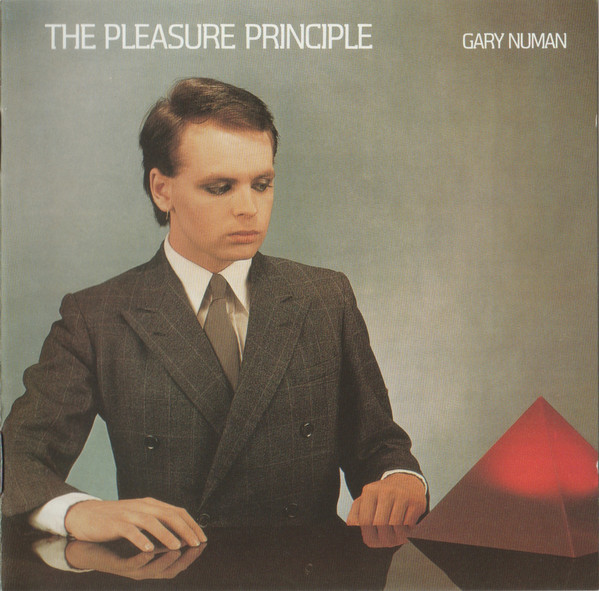I’ve spoken about this band many times before and I’m sure I’ll do it again, but ELO remains one of my favorite bands from my childhood that Wasn’t The Beatles (well, almost not the Beatles, anyway…heh). And while its singer Jeff Lynne celebrates the band’s 50th anniversary with multiple Apple and Spotify playlists, it’s interesting to see how this band evolved over its long career. And since it is a long career, it’s gonna take a few posts to check it all out!
The idea of ELO was actually not Lynne’s but of singer Roy Wood, who at the time was the leader of The Move. He’d been the one to come up with the idea of mixing strings and classical elements with the rock format, and Lynne was more than delighted to join in on this project. As it happened, Wood only remained for the band’s self-titled 1971 debut (renamed ‘No Answer’ in the US due to a communication misunderstanding) and the mood seems very proggy here, but you can already hear the seeds of Lynne’s ‘Beatlesque’ pop style of songwriting.
Their second album, simply entitled Electric Light Orchestra II and released in 1973 after a significant lineup change, suffered from similar prog meanderings, though it did score a surprise hit with a rocking cover of “Roll Over Beethoven”, featuring a clever insertion of the opening to Beethoven’s Fifth Symphony.
Album three, On the Third Day (also from 1973), showed they were almost there. The extended prog ideas were slowly phased out to focus more on tighter and shorter melodies (but not without a few fun forays into classical, including an interesting take on Grieg’s “In the Hall of the Mountain King”). The single “Showdown”, added to the US editions of the album, ended up breaking them towards a wider mainstream audience.
Now album four, 1974’s Eldorado, was where they really hit their stride. An odd yet extremely entertaining concept album about a daydreamer with an eye-catching cover still from The Wizard of Oz, it features their next big single, “Can’t Get It Out of My Head” which became a rock and pop radio staple. I distinctly remember hearing this on the local AM pop station as a kid. [Also worth checking out is one of my favorite ELO deep cuts, “Mister Kingdom”, which ended up being the song I used as Krozarr’s theme in In My Blue World.]
They followed it up one year later with Face the Music in 1975, and by this time Lynne and the band had perfected their odd hybrid and started having numerous hit singles and radio hits through the rest of the decade.
In 1976 they dropped A New World Record, which sounded even more Beatlesque than anything else they’d done previously. Gorgeous ballads like “Telephone Line” hinted at McCartney’s best on Abbey Road, “Livin’ Thing” hinted at the complex experimentation of Sgt Pepper, and the silly yet fun “Rockaria!” harkened back to the hard-rocking covers of Beatles for Sale.
And then, in 1977, they dropped their double album opus, Out of the Blue, which many still consider to be their crowning achievement. It featured several hit singles, it was a multi-platinum seller, and it even features a weather-themed four-song concerto! There are so many famous and well-loved songs on this one that if you had to buy only one ELO record, this would definitely be the one. [This was one of two of their albums that influenced and inspired my novel In My Blue World. The title of the novel itself comes from the single and opening track “Turn to Stone”.]
And of course, the massive hit single and fan favorite “Mr. Blue Sky” was used to absolutely hilarious effect as the opening credits for 2017’s Guardians of the Galaxy Vol 2.
They’d bring the seventies to a close with a bright and shimmery album called Discovery in 1979. It was by far their most commercial sounding record, with the strings mostly sliding into the background and the danceable rock melodies coming to the fore, including radio favorites “Don’t Bring Me Down” and “Shine a Little Love”. Interestingly, the band created promotional videos for every single track on the album, which are available on YouTube.
*
So what would the 80s bring this band…? More hits, a killer half-soundtrack to a lemon of a movie, a cult-classic concept album about time travel, and eventually dissolution. But Lynne didn’t necessarily stop there, nor did he drop off the face of the earth! Stay tuned!




